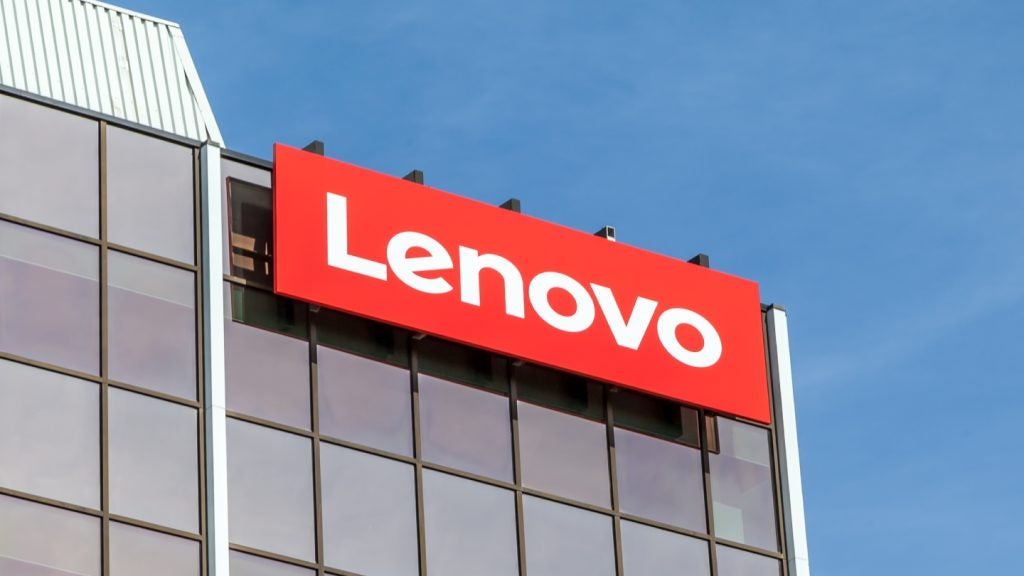The market for virtual reality (VR) has seen significant growth over the past decade since it originated in the gaming market, with the overall market value for the sector being estimated at approximately $12.3bn in 2023 according to research by GlobalData.
Despite this, the overall outlook for VR headsets across the general market does not look positive. Research by technology company Omida found that device uptake has slumped as the global active install base remains steady at 23.6 million VR headsets last year, with global spending on VR content declining from $934m in 2022 down to $844m in 2023.
With a plateau across the home market of entertainment and gaming, VR developers and device manufacturers are pivoting their attention to a much more potentially lucrative and bespoke healthcare market. The overall demand for headsets and specialised software across both training and therapeutic applications has shown consistent growth, with the healthcare-centric VR market estimated at $2.5bn in 2022.
At the same time, the market for digital therapeutics has begun to expand into lesser-explored areas of integrating traditional media and electronics into the healthcare space, one example being the US Food and Drug Administration’s (FDA) clearance of Akili’s phone-based video game designed to treat attention attention-deficit/hyperactivity disorder (ADHD), marking the first ever video game to be cleared as medical software.
One such company, Lenovo, is much more traditionally associated with the production of consumer-grade electronic products but has been keen to place its headsets firmly within the healthcare space. Starting with a series of applications aimed at training medical students and surgeons, Lenovo has now moved to position itself in the VR therapy space, launching a pilot programme alongside app developer Rendever to bring its VR headsets into elderly care facilities to improve quality of life and care for residents.
Designed to combat social isolation and offset dementia risk, the pilot program saw Lenovo ThinkReality VRX headsets supplied to a North Carolina care home, bundled with Rendever’s software designed to cut feelings of isolation and loneliness among residents. Now, Medical Device Network sits down with Lenovo’s head of virtual reality, Jason McGuigan, to understand Lenovo’s drive to expand its healthcare offerings.
Joshua Silverwood (JS): Tell us about this pilot program in North Carolina, how did it come about?
Jason McGuigan (JM): So, it is something that came up when one of our colleagues in a different business unit happened to have family working at an assisted living facility and we started talking about this and realised, along with some of our partners, there is such a high degree of utility these devices could have to just bring enjoyment into these people’s lives. Bring a community aspect or improve connection with their families, so we decided that one of the areas that we would focus on with VR is how it would allow you to bridge great distances by bringing people together.
When you start talking about isolation within these assisted living facilities, you realise it’s really one of the major factors that contribute to the quality of life there. Looking at the quality-of-life aspect and how they impact overall health and even the health of the care workers working alongside them. You can take a VR or an extended reality (XR) device and you can give them the ability to experience something they've never experienced before or get themselves out of those beige walls. You can give them the commonality they may have experienced every day or experience something that they've never had the opportunity to have throughout their extensive life.
So, when you look at it, this comes down to the quality-of-life improvement that can be given as well as the load it lessens for caregivers and other family members. So, when we jumped into this, we realized there was a strong opportunity to showcase this in a fashion and give people an understanding that XR isn't just about gaming. It's not just about making money.
JS: How was it run?
JM: We used our ThinkReality VRX headset. What is significant with this device is that it was designed to be sharable, and able to be used across multiple people as most of these devices will be going into places such as healthcare facilities. So, we built the product around that scope. Everything from the wipeability of the device to the ease of taking it on or off. Even things like the lack of adjustment needed for people with glasses.
We worked with one of our partners in the assistive care living space, Rendever, who focuses on these areas specifically in these spaces. They employed everyone from doctors to folk with major science backgrounds to make sure that they were doing this from a strategic and fact-based finding viewpoint. What they found is just how much VR impacts, not just the user, but everybody down the line. Everyone from the healthcare workers to the family members.
There is a very high number of caregivers who often end up passing away before the person they have been taking care of just because of the stress or the impact that caring for them could have on their own lives. So being able to get some time back and get some space is one of the reasons why we have highlighted this as one of our major focuses within this arena.
We delivered this in a very particular fashion when we went to the facility, we were able to engage with a few select individuals within the home that we're very interested in the technology. There are all different sorts of experiences that Rendever software can offer that give them this kind of breadth of life that's outside of those four walls that they're used to seeing.
JS: Given that companies like Akili have been able to see their game become the first to ever be cleared by the FDA, do you see digital experiences like this becoming more common in healthcare settings?
JM: Yeah absolutely. There are a few companies that we work with that do have this as a goal, either in FDA approval or filing for FDA approval. XR Health is one example. They have done it for therapeutic care around orthopaedics, going through the motions of exercises with an actual healthcare professional on the other end, to ensure proper rehabilitation after a procedure or injury. There is also MindVR who are working more in the palliative and emotional support space around stressors and things that you can do to alleviate pressure.
Both of those have gone through some form of FDA approval and I think we will continue to see that in the VR and XR space as it continues to grow. Things like that take quite some time. It won't be overnight that we have an explosion of it but there are quite a few groups that are already looking at how they can become a part of that.
The problem is, one of the less attractive aspects of the industry, is how are people going to pay for that? Once something has been cleared by the FDA it becomes easier to get it via insurance, and when you start getting covered by insurance it allows for greater availability and utility of these kinds of applications.















